Introduction
Although mangrove, seagrass and corals are ecosystems that can thrive in isolation, in regions where they occur together, the success of one ecosystem is directly linked to the success of the others.
Coral reefs dissipate the energy of waves and currents, providing calm environments for seagrass and mangroves.
Mangroves and sea grass beds in turn stabilize the sediment and trap nutrients, creating the oligotrophic waters in which coral reefs thrive.
Mangroves and sea grass beds provide nurseries for coral reef fish, that we often associate coral reefs with. Pelagic fish stocks are depending on these systems. Therefore any country depending on fisheries and coral reef tourism have a strong incentive to support mangrove and sea grass ecosystems.
The WAC is collecting adaptation solutions on mangroves, seagrass beds and coral reefs.
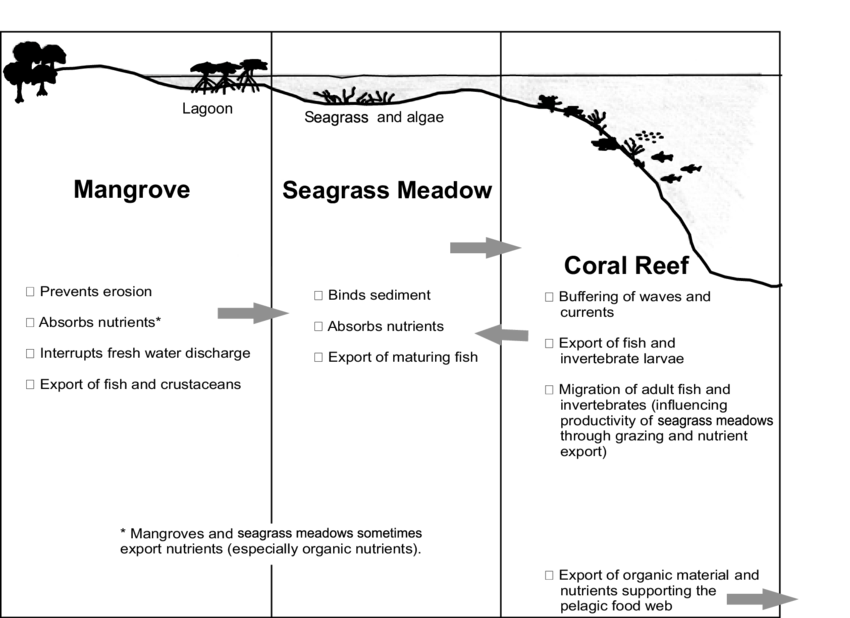
Source: Ogden, J.C., 1988. The Influence of Adjacent Systems on the Structure and Function of Coral Reefs, In: 6th International Coral Reef Symposium. Australia. pp. 123–129.
The seascape approach was first introduced by Ogden in the 1980ies, and has since then gained ground and become established knowledge with much research.

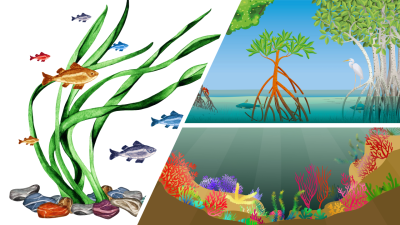
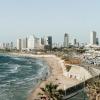

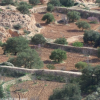
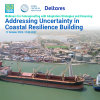

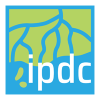


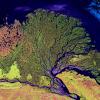

Trending Discussions
From around the site...
“Absolutely interested! I'll connect via email to discuss reviewing and enhancing the Economic Analysis of Climate...”
Adaptation-related events at COP28 (all available to follow/stream online)
“Please check out these adaptation-related events taking place at COP28 - all available online (some in person too if...”
Shining a light for biodiversity – four perspectives to the life that sustains us. Four hybrid sessions.
“30 November to 19 December 2023 - Four Sessions Introduction The SDC Cluster Green is happy to invite you to the...”